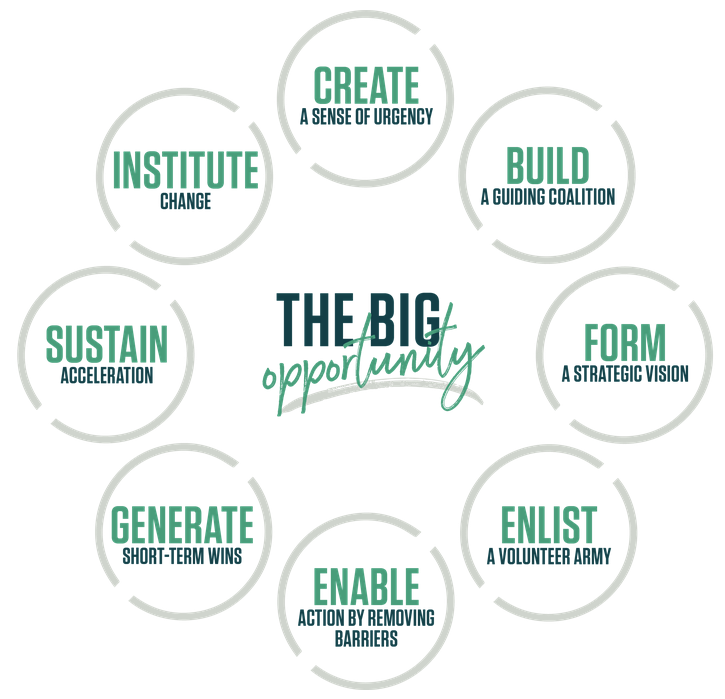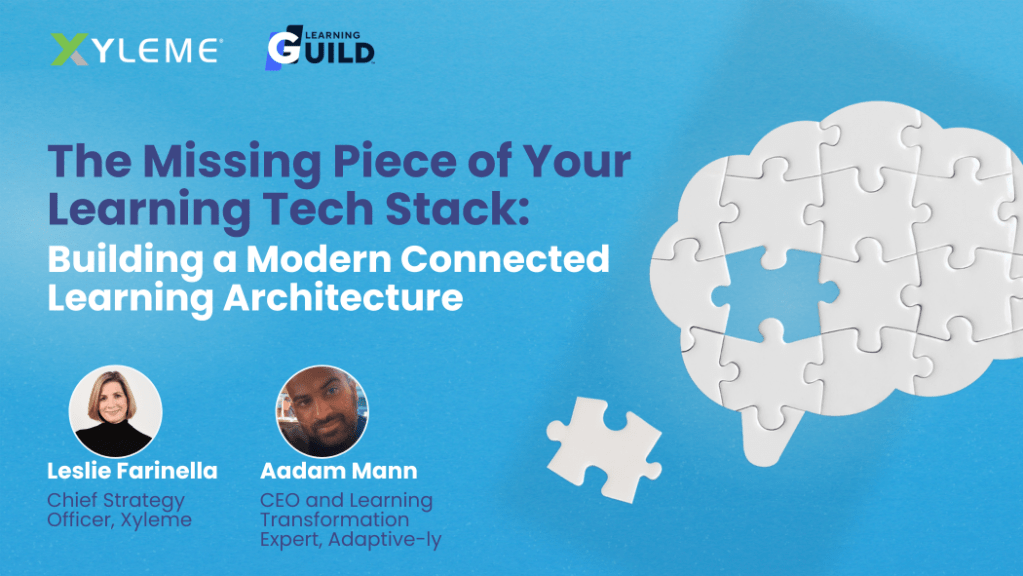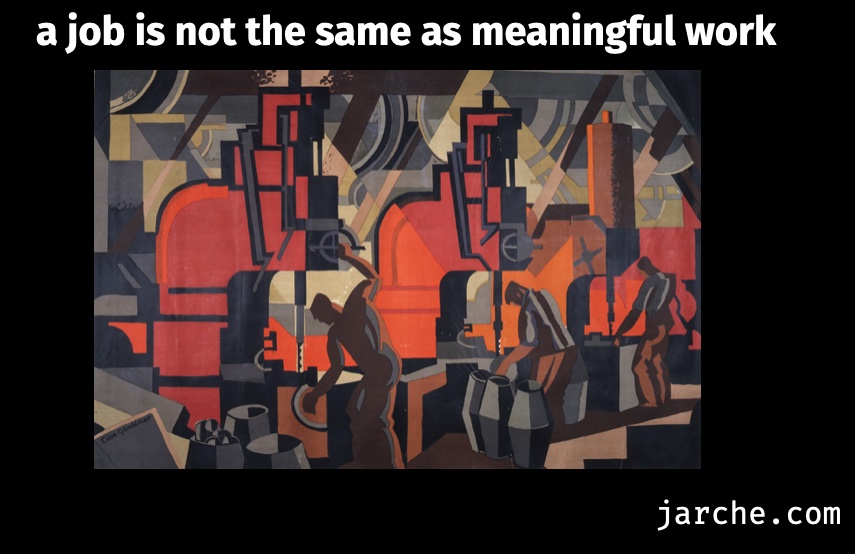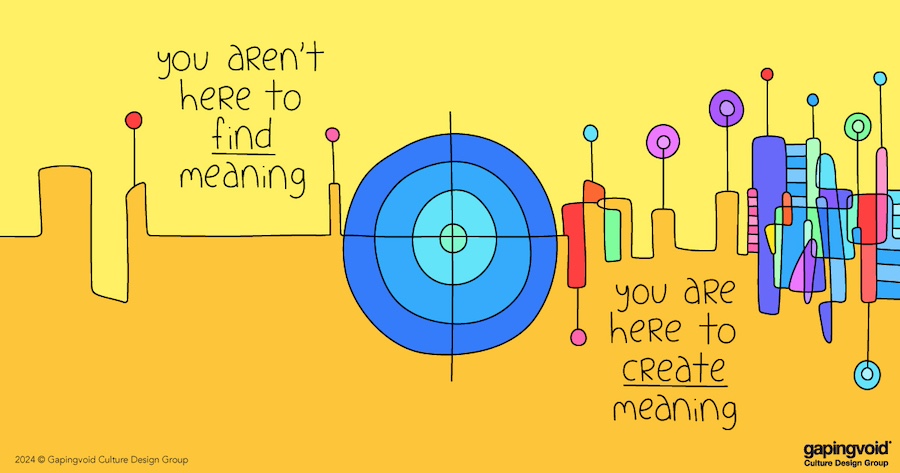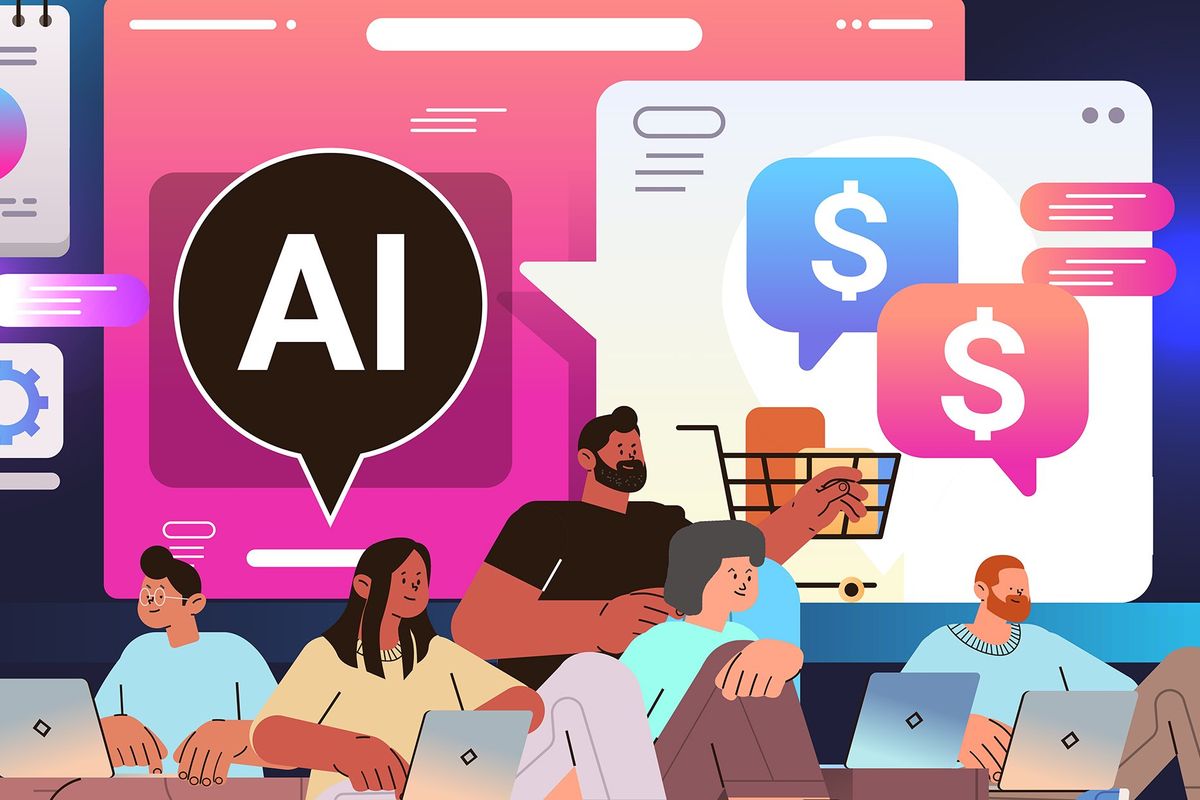Consumer packaged goods leader Conagra has significantly reduced the time their employees spend searching for information by implementing a centralized knowledge management system. This change underscores the importance of knowledge management in an organization. Similarly, mortgage lender PennyMac has harnessed a knowledge management platform to ensure their customer service agents could swiftly access necessary information. This capability has substantially improved customer support, showcasing the advantages of knowledge management systems in delivering exceptional customer experiences.
These examples illustrate the key benefits of knowledge management systems to businesses by addressing challenges caused by information inaccessibility, thus optimizing operations and enhancing productivity throughout their organizations.
Without a robust knowledge management system, organizations risk losing valuable knowledge and missing critical opportunities to boost efficiency and enhance customer experiences, underscoring the importance of organizational knowledge.
Understanding Knowledge Management and its Benefits
Understanding the foundation of a knowledge management system is crucial before implementing one. Expert Tom Davenport describes knowledge management as the process of capturing, distributing, and effectively using knowledge. This not only showcases the advantages of knowledge management systems but also facilitates structured access to abundant information, promotes company-wide deployment, and fosters open communication—highlighting the knowledge management system benefits to the organization.
A robust knowledge management strategy involves a detailed plan that helps your company collect, store, and distribute information to leverage the benefits of knowledge management systems. Implementing such a strategy can centralize and democratize your company’s knowledge, simplify information searches for employees, and enhance the absorption and enhancement of organizational knowledge—underscored by the importance of knowledge management in an organization.
What Are Knowledge Assets?
Knowledge assets, or intellectual capital, represent the accumulated organizational resources such as databases, content, guides, policies, and procedures. These assets are integral to knowledge management, as they leverage organizational expertise to meet strategic goals. The benefits of these assets are vast, categorizing into experiential, routine, conceptual, and systemic, each playing a vital role in the organization’s knowledge framework.
Knowledge assets can be broken down into four categories:
Experiential knowledge assets
These are knowledge assets attained through the joint, direct involvement of the organization’s members. Known as tacit knowledge, this is gained through personal experience and context. For instance, employees might gain tacit knowledge by shadowing a more experienced coworker or asking questions of a subject matter expert, illustrating the advantages of knowledge management.
Routine knowledge assets
Routine knowledge assets, another type of tacit knowledge, have become embedded in the company’s actions and processes. These include knowledge about company culture or the best ways to perform everyday tasks, showcasing the benefits of knowledge management systems to business.
Conceptual knowledge assets
These are more definitive assets, based on the judgments of customers and employees. Examples include brand designs, customer data such as customer profiles, market research, or customer insights reports, demonstrating the knowledge management system advantages in making informed decisions.
Systemic knowledge assets
Like conceptual knowledge assets, systemic assets are definitive and explicit. They include company policies, procedures, and process documentation—standard documentation that employees across the organization need to be familiar with to perform their jobs well, emphasizing the benefits of knowledge management systems.
By enhancing the focus on specific keywords and clearly defining the role and benefits of knowledge management, this revised section will better target your SEO goals while providing valuable, informative content to readers.
What Are the Key Benefits of Knowledge Management?
Organizations recognize the key benefits of knowledge management systems as essential to their success. Implementing an effective knowledge management system can lead to numerous positive outcomes, which include:
1. Faster access to knowledge and information
Speedy access to vital information can significantly ease the onboarding of new roles like a Director of Customer Service. A centralized knowledge management system ensures that both new hires and experienced employees know exactly where to find the needed information, demonstrating one of the key benefits of knowledge management.
2. Improved efficiency
Efficiency in the workplace means streamlined processes where employees don’t waste time or energy. Knowledge management systems reduce the time spent searching for information, allowing employees to focus on more impactful activities, which is a prime example of the advantages of knowledge management systems.
3. Informed decision-making
Knowledge management equips decision-makers with a comprehensive view of the data and insights available across the organization, facilitating better decision-making. This advantage underscores the importance of knowledge management in an organization by supporting informed and strategic choices.
4. Enhanced customer service
Knowledge management enables customer-facing employees to access the company’s knowledge base swiftly and deliver the information customers need without delay. This capability is crucial in providing timely, consistent solutions to customers, highlighting the benefits of knowledge management systems to business.
5. Cost savings
One of the fundamental advantages of knowledge management systems is cost-effectiveness. Savings arise from reducing the time employees spend searching for information, needing fewer systems to store knowledge, and minimizing errors and duplicated efforts.
6. Increased employee engagement
Creating a knowledge base allows employees to contribute their expertise and insights, fostering a sense of ownership and satisfaction. This engagement is beneficial for both the business and its employees, making it a significant benefit of knowledge management systems.
7. Innovation and growth
A culture of knowledge sharing empowers employees to add to the organization’s knowledge base, enhancing the collective intelligence. This environment fosters innovation and opens up new opportunities for growth, illustrating the key benefits of knowledge management.
8. Better customer experiences
Providing employees with resources to share accurate, detailed, and current knowledge equips them to offer exceptional customer experiences. Negative experiences, such as prolonged holds or inconsistent information, can damage customer trust. Conversely, quick and accurate responses reinforce customer loyalty and trust, showcasing the benefits of knowledge management systems.
Getting Started With Knowledge Management
To capitalize on the benefits of knowledge management systems, it is crucial to first conduct a knowledge audit. This audit involves taking inventory of the knowledge your organization possesses and evaluating how this knowledge is captured, organized, and preserved. Such an audit offers a chance to identify the strengths and weaknesses of your current practices and serves as a foundational step in understanding the importance of knowledge management in an organization.
A thorough assessment of your company’s existing knowledge management capabilities will guide you in determining the necessary actions to develop a successful knowledge management strategy. Remember, knowledge becomes truly valuable only when it is effectively implemented and utilized.
Ensuring the Success of Your Knowledge Management Strategy
To ensure the success of your knowledge management strategy, it’s essential to:
- Develop a comprehensive plan: This plan should detail the procedures for ongoing knowledge collection, storage, and dissemination within your organization.
- Encourage a culture of knowledge sharing: Foster an environment where employees are encouraged to share, update, and use knowledge regularly. This enhances the advantages of knowledge management systems by improving collaboration and innovation.
- Leverage technology effectively: Utilize the right tools and platforms that support the management and accessibility of knowledge, such as a knowledge management platform. This is crucial for maximizing the knowledge management system advantages.
- Monitor and adapt: Regularly review and adjust your knowledge management practices to align with organizational changes and goals. This dynamic approach helps to maintain the relevance and efficacy of your system.
By integrating these practices, your organization can fully experience the advantages of a knowledge management system, including enhanced decision-making capabilities, increased efficiency, and superior customer service.
Protect Your Institutional Knowledge
Discover how a robust knowledge management system can safeguard your organization’s critical knowledge.
Explore KM Solutions
The post The Benefits of Knowledge Management in Business appeared first on Bloomfire.




